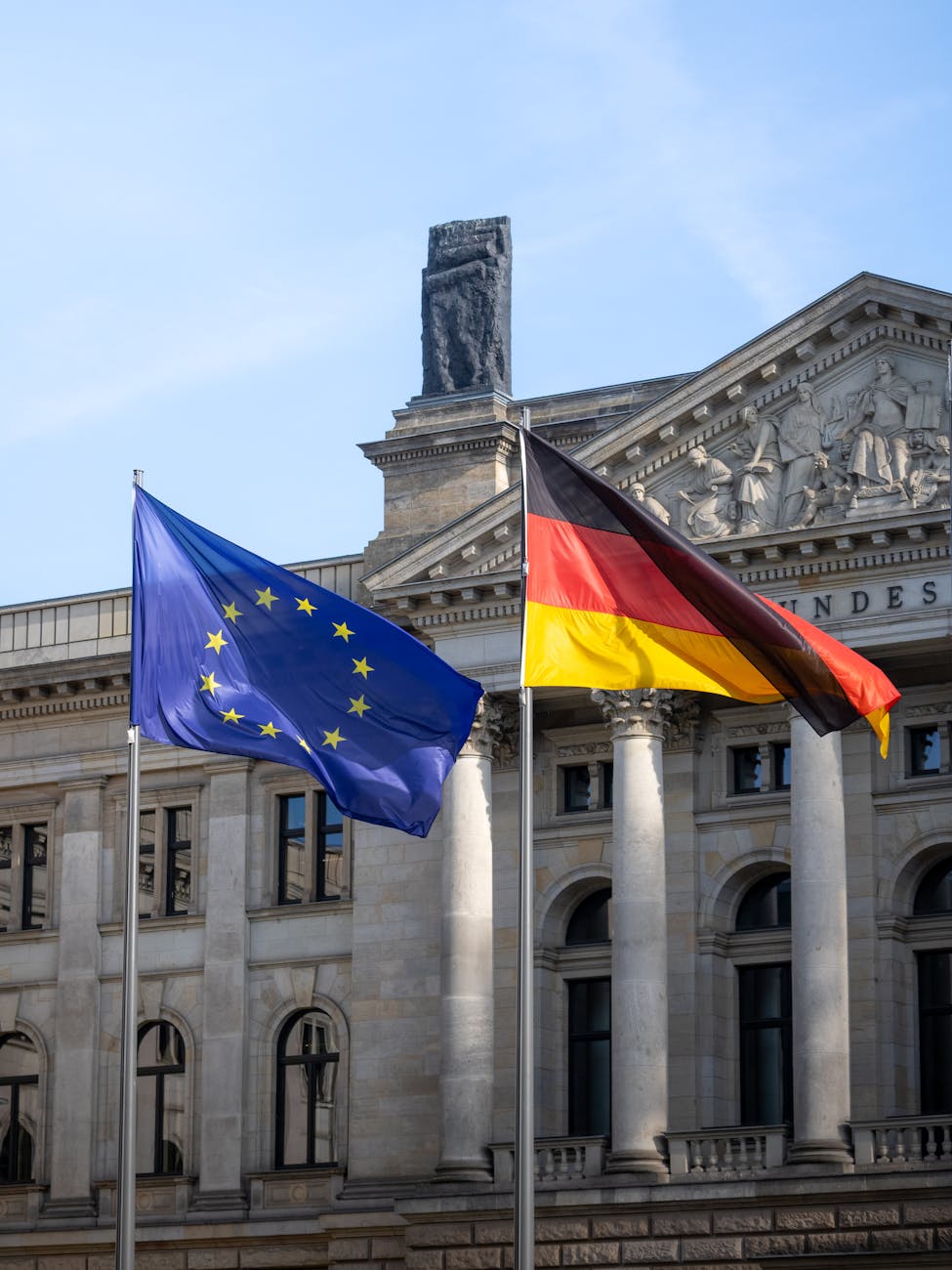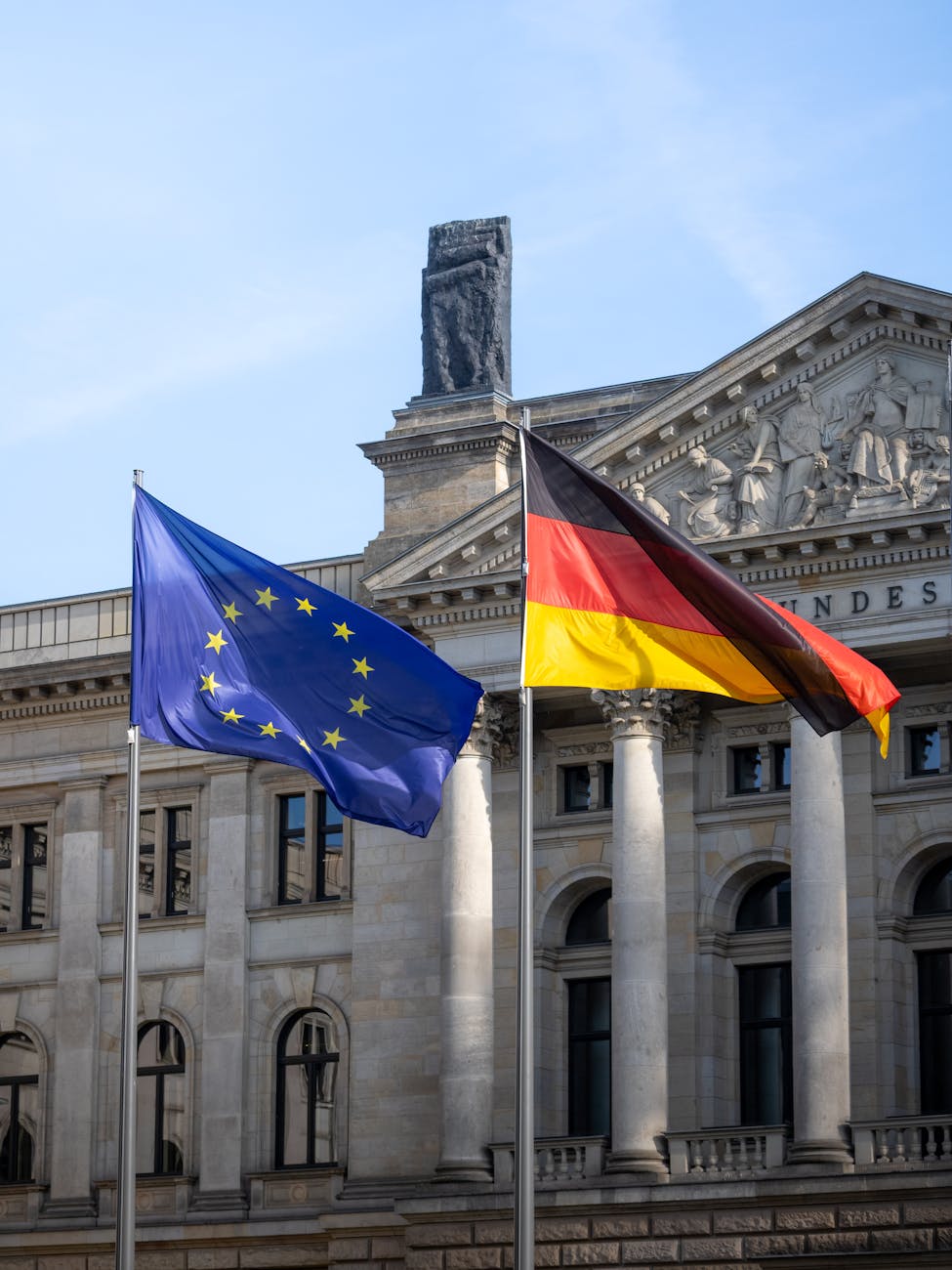A Shifting Balance: India’s Strategic Pivot Amidst Global Trade Realignment
As U.S. relations fray, New Delhi calibrates its deepening ties with Beijing, navigating a complex geopolitical landscape.
In the intricate dance of global diplomacy and economics, shifts in allegiances can send ripples across continents, reshaping alliances and redefining national interests. Recent trends suggest a recalibration of India’s foreign policy, particularly in its relationship with the United States and China. While the specifics of these evolving dynamics are multifaceted and subject to ongoing developments, the overarching narrative points towards India increasingly drawing closer to China, a trend that appears to be influenced by a confluence of economic pressures, strategic considerations, and the broader geopolitical climate. This article delves into the intricate web of factors influencing this apparent pivot, examining the historical context, the present-day pressures, and the potential long-term implications for India, the United States, and the global order.
Context & Background
For decades, India has pursued a foreign policy characterized by strategic autonomy, aiming to maintain friendly relations with multiple global powers while safeguarding its own national interests. This approach has often led to a balancing act between its burgeoning economic ties with the West and its historical relationships, particularly with Russia. However, the economic policies implemented by the Trump administration, notably the imposition of tariffs on various goods, have been cited as a significant factor in creating friction in the U.S.-India relationship. These measures, aimed at addressing perceived trade imbalances, have had a tangible impact on bilateral trade and have led to discussions about the reliability of the U.S. as a long-term economic partner for India.
Simultaneously, India’s relationship with China, while historically marked by periods of tension and border disputes, has also seen significant economic engagement. China remains one of India’s largest trading partners, and the economic interdependence between the two Asian giants has grown considerably. This economic dimension, coupled with China’s increasing assertiveness on the global stage and its Belt and Road Initiative, presents a complex set of opportunities and challenges for India. Navigating these dynamics requires a nuanced approach, balancing economic necessity with strategic imperatives.
The article from TIME, “With U.S. Ties on the Rocks, India Draws Closer to China,” highlights the sentiment that U.S. trade policies under the Trump administration may have inadvertently pushed India towards China. The summary suggests that “Trump’s tariffs have pushed away a longtime friend. The long-term consequences could be significant.” This perspective frames the current situation as a consequence of specific U.S. actions, implying that a shift in American policy could alter India’s trajectory. However, it is crucial to consider that national policy decisions are rarely driven by a single factor. India’s foreign policy is a sophisticated interplay of economic opportunities, security concerns, and the pursuit of strategic advantage.
It is also important to acknowledge the historical context of India’s relationship with Russia. India has long relied on Russia for defense equipment and has maintained strong political ties. Russia’s invasion of Ukraine and the subsequent international sanctions have created new complexities for India, particularly concerning its energy imports and defense procurement. While not directly linked to U.S.-India trade, these developments contribute to the broader geopolitical environment in which India is making its strategic decisions.
In-Depth Analysis
The assertion that U.S. tariffs have driven India closer to China warrants a deeper examination. While economic grievances can certainly influence geopolitical alignments, it is unlikely to be the sole determinant. India’s foreign policy is characterized by a strong emphasis on strategic autonomy, meaning it seeks to make decisions based on its own perceived national interests, independent of external pressure. Therefore, any perceived move towards China is likely a multifaceted decision influenced by a range of factors, not simply a reaction to U.S. trade policies.
Economically, the U.S. remains a crucial market and investment partner for India. However, the unpredictability of trade policies can create uncertainty for businesses and governments alike. When a major trading partner imposes tariffs, it can disrupt supply chains, increase costs for consumers and businesses, and potentially lead to retaliatory measures. For India, a nation still on a path of significant economic development, such disruptions can be particularly challenging. In this context, exploring alternative trade relationships, including with China, could be seen as a diversification strategy to mitigate risks associated with over-reliance on any single market.
Beyond economics, strategic considerations play a pivotal role. China’s growing economic and military power presents both opportunities and challenges for India. While economic engagement can foster stability, territorial disputes and geopolitical competition remain significant concerns. India’s approach to China is therefore a delicate balancing act, seeking to benefit from economic ties while simultaneously managing potential security threats. The perception of the U.S. as a reliable strategic partner also factors into this calculation. If India perceives a wavering commitment from the U.S. or a lack of alignment on key strategic issues, it might naturally look to bolster its relationships with other major powers.
The TIME article’s focus on “Trump’s tariffs” suggests a narrative that attributes the shift primarily to the actions of a specific U.S. administration. However, it is crucial to consider the broader, long-term trajectory of U.S.-India relations and the evolving global power dynamics. While specific policies can be catalysts, underlying trends in economic competitiveness, geopolitical influence, and the broader strategic priorities of both nations are equally important. The rise of China as a global economic and political force is a fundamental shift that no nation can ignore, and India, as its large neighbor, is particularly attuned to its implications. Therefore, India’s engagement with China is not solely a response to U.S. policies but also an active strategy to navigate a multipolar world.
Furthermore, the concept of “drawing closer” is relative. India’s engagement with China does not necessarily imply a formal alliance or a complete abandonment of its ties with the U.S. or other partners. Instead, it can be interpreted as a pragmatic adjustment of its foreign policy to maximize its benefits and mitigate its risks in a rapidly changing global environment. This could involve increased bilateral trade, greater cooperation on regional issues, or even enhanced dialogue on areas of mutual interest, all while maintaining its strategic autonomy and continuing to engage with other major global players.
The article’s summary also mentions “significant long-term consequences.” These consequences could be far-reaching. For India, a closer relationship with China might offer economic benefits but could also lead to increased dependence and potential vulnerability to Chinese influence. For the U.S., a perceived weakening of its ties with India, a large democracy and a strategically important partner in the Indo-Pacific, could have implications for the regional balance of power and its own influence in Asia. For China, strengthened ties with India could bolster its regional standing and economic reach, but it also carries the risk of exacerbating existing tensions and potential conflicts.
It is important to consider the possibility that the narrative presented in the TIME article might be influenced by a particular perspective. As a professional journalist, it is essential to scrutinize such claims and seek corroborating evidence from a diverse range of sources. The term “on the rocks” is evocative but potentially hyperbolic. U.S.-India relations, despite trade disputes, have seen significant strengthening in areas like defense cooperation and strategic dialogue in recent years. For example, the U.S.-India Initiative on Critical and Emerging Technologies (iCET), launched in 2023, signifies a deepening partnership in advanced technology sectors, demonstrating a continued commitment from both sides. This initiative aims to foster collaboration in areas like semiconductors, artificial intelligence, and quantum computing, highlighting a strategic alignment that transcends trade disputes.
Additionally, the Quad Security Dialogue, comprising Australia, India, Japan, and the United States, has gained prominence as a forum for cooperation on shared interests in the Indo-Pacific region. This multilateral engagement underscores the strategic importance of India to the U.S. and its allies, suggesting that the relationship is far from being entirely “on the rocks.”
Pros and Cons
The potential for India to draw closer to China presents a complex set of advantages and disadvantages:
Pros:
- Economic Diversification and Growth: Increased trade and investment with China could offer India new avenues for economic growth, access to a large market for its goods and services, and opportunities for infrastructure development through initiatives like the Belt and Road Initiative (BRI), although India has historically expressed reservations about the BRI’s debt implications and strategic objectives. The Ministry of External Affairs, Government of India, has previously articulated these concerns, emphasizing the need for projects to be sustainable, inclusive, and respectful of sovereignty.
- Enhanced Bargaining Power: A stronger relationship with China could potentially give India greater leverage in its dealings with other global powers, including the United States. This could be particularly relevant in trade negotiations and discussions about regional security.
- Regional Stability (Potential): In certain areas, increased economic interdependence with China could foster greater regional stability and cooperation, provided that underlying geopolitical tensions are managed effectively.
Cons:
- Increased Dependence and Vulnerability: A deeper economic reliance on China could make India more susceptible to Chinese economic pressure and political influence. This is a significant concern for a nation that prioritizes strategic autonomy.
- Geopolitical and Security Risks: Despite economic ties, India and China share a disputed border and compete for influence in the region. Closer ties might not mitigate these fundamental geopolitical realities and could potentially exacerbate them if not managed carefully. The Ministry of External Affairs regularly updates its stance on India-China relations, highlighting ongoing discussions and border management efforts.
- Compromise of Strategic Autonomy: Critics might argue that drawing too close to China could undermine India’s long-held policy of strategic autonomy, potentially limiting its ability to pursue independent foreign policy objectives.
- Strain on U.S. Relations: A perception of India moving closer to China could strain its strategic partnership with the United States, which views China as a strategic competitor. This could impact defense cooperation, technology transfer, and diplomatic support. The U.S. Department of State provides regular updates on U.S.-India bilateral relations, including areas of cooperation and dialogue. For instance, discussions around U.S. relations with India often touch upon shared democratic values and strategic interests in the Indo-Pacific.
- Impact on Democratic Norms: India’s foreign policy decisions are often influenced by its democratic values and its position as a fellow democracy with the United States. A perceived alignment with an authoritarian state like China could create internal and external dissonance.
Key Takeaways
- India’s foreign policy is characterized by a pursuit of strategic autonomy, balancing relationships with multiple global powers.
- U.S. trade policies, particularly tariffs, have been cited as a factor contributing to friction in U.S.-India relations, potentially influencing India’s strategic calculations.
- India’s economic ties with China are substantial and growing, presenting both opportunities for growth and challenges related to geopolitical competition and security.
- Any perceived “drawing closer” to China is likely a multifaceted decision influenced by economic, strategic, and geopolitical considerations, rather than a singular reaction to U.S. policies.
- India’s relationship with the U.S. remains significant, with ongoing cooperation in areas like defense, technology, and strategic dialogue, as evidenced by initiatives like iCET and the Quad.
- The long-term consequences of these shifting dynamics could have significant implications for regional stability, the global balance of power, and the future of international economic relations.
- Navigating these complex relationships requires India to carefully weigh economic benefits against geopolitical risks and maintain its commitment to its core national interests.
Future Outlook
The future trajectory of India’s foreign policy will be shaped by a complex interplay of global economic trends, regional security dynamics, and domestic political considerations. The U.S. administration’s future trade policies and its overall approach to engaging with emerging powers will undoubtedly influence India’s choices. Similarly, China’s continued economic growth and its assertive foreign policy posture will remain significant factors for India to contend with.
India’s commitment to multipolarity and its ability to leverage its relationships with various global powers will be crucial. The strength of its democratic institutions and its economic resilience will also play a vital role in its ability to navigate a complex and often unpredictable international environment. The ongoing dialogues and strategic engagements with both the U.S. and China, as well as other key partners, will be critical in shaping the regional and global order.
The possibility of a more stable and cooperative relationship between India and China hinges on their ability to manage their disputes and find common ground on issues of mutual interest. However, the fundamental differences in their political systems and strategic objectives suggest that this will remain a delicate balancing act. For India, the goal will likely be to maximize the benefits of engagement with both China and the U.S. without becoming overly dependent on either, thereby preserving its hard-won strategic autonomy.
The global shift towards a multipolar world order means that nations like India will have more agency in shaping their foreign policy. The ability to forge diverse partnerships and to play a constructive role in global governance will be key to India’s success in the 21st century. The ongoing evolution of the U.S.-India-China triangle is a critical component of this larger global transformation, and its long-term implications will continue to unfold in the years to come.
Call to Action
For readers interested in understanding these evolving geopolitical dynamics, it is encouraged to:
- Stay Informed: Continuously follow news and analysis from reputable international news organizations and think tanks that cover foreign policy and international relations.
- Consult Official Sources: Refer to official statements and reports from the governments of India, the United States, and China, as well as international organizations, to gain a comprehensive understanding of their policies and perspectives. For example, the Ministry of External Affairs, Government of India, provides a wealth of information on India’s foreign policy initiatives. The U.S. Department of State offers insights into U.S. foreign policy, and the Ministry of Foreign Affairs of the People’s Republic of China provides China’s official stance on global affairs.
- Engage in Critical Analysis: Approach information with a critical mindset, considering the potential biases and perspectives of different sources.
- Support Diplomatic Engagement: Advocate for policies that promote dialogue, cooperation, and peaceful resolution of disputes between nations.









